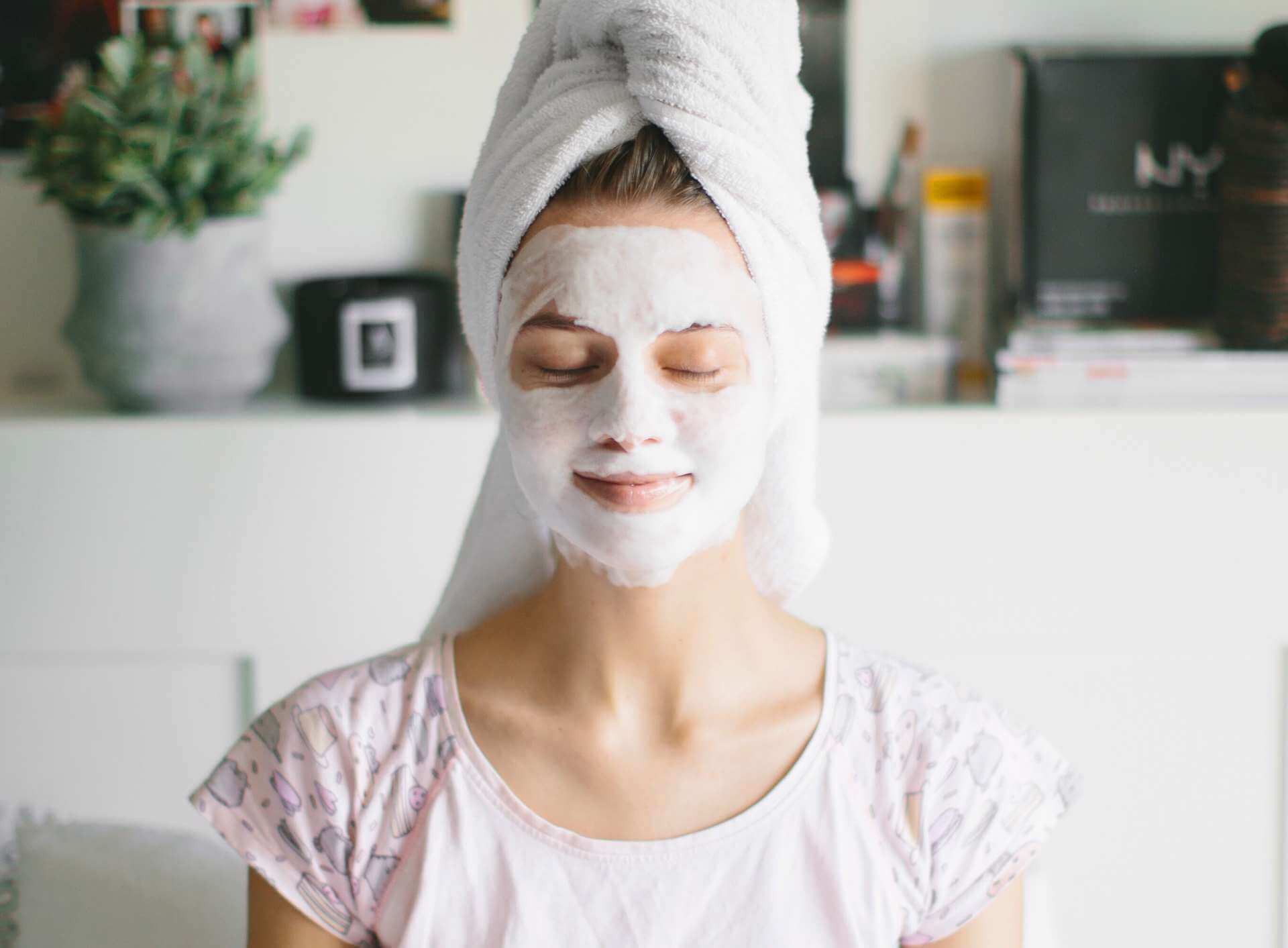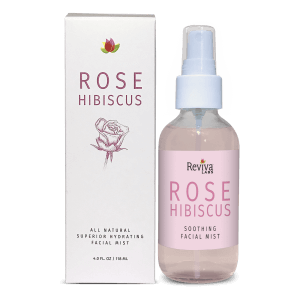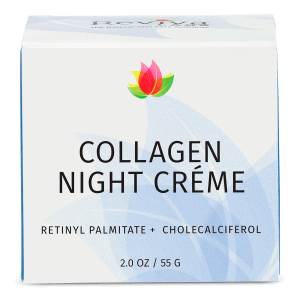Skin care products need to be preserved to keep them safe for use while sitting on the shelf before being sold and during use afterwards. You can read more about this in our other blog “Preservatives in cosmetics why do we need them?”
In the not-too-distant past, parabens were the preservative of choice, for most skin care formulators. Parabens were cheap, effective, and tolerated a wide variety of formulas (from low to high pH). Chemists loved these flexible yet durable ingredients. However, eventually, research began to accumulate that these preservatives weren’t as safe as they appeared.
Most natural beauty brands switched away from parabens long ago. And the next preservative chosen was phenoxyethanol. It too was cheap, effective, and worked in a wide range of formulas. So, seemingly overnight, the beauty industry transitioned to phenoxyethanol.

Like most in our industry, Reviva also switched to phenoxyethanol. At the time, it was the best alternative to parabens. But in recent years, once again, research has begun to surface that indicates not everything is perfect with phenoxyethanol. And so, in 2018 we began to examine natural alternatives and newer solutions for product preservation.
Swapping out the preservative system on product formulas takes a long while. It’s an integral part of a product, even if it’s a small percentage overall. Hence, Reviva has slowly adopted a variety of new preservatives that keep our products bacteria and mold free while also keeping the formulas as good or better than their predecessors.
So why is phenoxyethanol gaining a negative reputation?
The controversary likely started with the Mommy Bliss brand nipple cream controversy. The nipple cream utilized phenoxyethanol as its preservative and this led to problem with breastfeeding infants who ingested it. In 2008, the U.S. Food and Drug Administration (FDA)Trusted Source recalled it as unsafe for breastfeeding infants, due to concerns about how it affects their central nervous system.
The more recent concerns stem from bio accumulation.
Since 1990, the FDA has considered phenoxyethanol safe at 1% concentrations. This was reaffirmed in a review in 2007. Similarly, the European Commission on Health and Food Safety also consider it safe at 1% or less concentrations. Though the report does allude to the risk of exposure build-up risks. Even Japan’s equivalent to the FDA, which is typically more conservative and safety conscience, approves of phenoxyethanol. So, why are opinions shifting?
There’s a growing concern about bioaccumulation due to the abundance of this ingredient’s use. Two factors contribute to this risk. First, many individual ingredients are preserved with phenoxyethanol prior to being mixed into formulas. So, manufacturers must be very careful to get the math correct when combining multiple ingredients. Add a few ingredients preserved with 1% phenoxyethanol and then add it as your own preservative and you’ve probably exceeded the 1% recommended safety limit – unless you’ve very carefully added all the percentages together.
If every product you’re applying to your skin contains 1% phenoxyethanol it’s obvious you’re going to be dosed with more than 1% total.
Moreover, if every product you’re applying to your skin contains 1% phenoxyethanol it’s obvious you’re going to be dosed with more than 1% total. Here’s the scary statistic that is tarnishing phenoxyethanol’s reputation – around 47% to 85% of this ingredient can absorb through your skin ultimately entering your bloodstream. Studies have shown women typically have higher levels versus men which is attributed to their higher use of skin care products. The good news, generally your liver can filter out nearly 90%. But that leaves up to 10% potentially compounding every day with every product you use. And even though it has so far not been deemed as genotoxic (non-mutagenic) or non-carcinogenic – It’s easy to understand why some are growing concerned – especially as studies have documented mild reproductive toxicity.
Of course, phenoxyethanol can also cause skin irritation for those that are sensitive to it. Though that goes for nearly every skin care ingredient. And we’ll gloss over the skin biome controversy for now – as nearly all products can affect the microbes that live on our skin.
To have full disclosure, Reviva still uses phenoxyethanol is a dwindling amount of our products. As stated above, we began our transition away from this preservative several years ago. We began with our top sellers and have continued to progress through our product line. Though, there may be a few items (i.e., OTC products) that will remain unchanged for some time.
Natural manufacturers and natural retailers are demanding better
Phenoxyethanol is not allowed in cosmetic products applying for EcoCert or COSMOS certification. This means that many natural consumers are avoding this ingredient or that retailers simply aren’t selling products that contain it. This is a choice, and the good news is that this shift has inspired research into old and new natural preservative solutions.
If it isn’t broke why fix it?
The evidence is mounting, and opinions are changing. Phenoxyethanol swept through the beauty industry after the demise of parabens. But as the data regarding phenoxyethanol increases and new cleaner choices proliferate it’s easy to understand why Reviva is choosing alternative natural preservative options.
It’s a challenge to reformulate products. And when it’s your preservative system you want to be certain things are stable and safe. So, many companies will be averse to investing to make this change. Reviva is always iterating our formulas to make them better or more natural. When research shows us there’s a better alternative, or when we can choose a natural ingredient or a nature identical ingredient, we head in that direction. But it does demand an investment in time – as you need to test and evaluate each formula tweak.
Reviva believes in creating the safest, more effective skin care (that’s also affordable). This guiding principle is why we dove into changing our formulas. Do we think phenoxyethanol is all bad, no, we don’t. But we do think there are better choices and more natural alternatives when selecting preservatives today.












